Design Thinking for Social Good
Knowledge Without Borders™ used design thinking for social good to implement a user-centered solution for a school in a poor district of Lima, Peru.
For several years I represented Knowledge Without Borders™ in a philanthropic project at the Madre Admirable School in the El Agustino district of Lima. Read about Two Eggs a Week (Dos huevos a semana) here. As I was chatting with the principal one steamy day, I noticed a rambunctious group of American teenage students painting some classrooms. The teens seemed to be having a great time as they painted the walls and playfully spattered each other; the Peruvian workers sat passively on the sidelines watching the students.
When asked about the seemingly incongruent work situation, the principal politely told me that the students came down every year as part of a school service project.
We left it at that and continued our conversation. But I could not get the image out of my mind — American students working and the Peruvian workers just watching them. A couple days later I asked the principal two questions: Did the classrooms actually need painting? And, if so, why were the Peruvians watching the Americans?
After some cajoling, the predictably polite principal admitted to me that the Peruvians watching the American students were daily workers who had been paid in the past to paint the classrooms. The Americans, she continued, had assumed the school classrooms might need painting and informed her they had decided upon painting as this year’s service project. The principal, using appropriate Peruvian cultural communication, had simply thanked the service group for their time and talent. Her courtesy was admirable but she had not shared crucial information with the Americans — they were actually taking work away from Peruvians who desperately needed the money.
The situation started to make me think about what we were doing “for” the school: a Knowledge Without Borders™ donation of a sound system for the school. Had we actually asked the Peruvians what they needed? Or, had we made assumptions — just as I had observed in the actions of the American service project group. Instead of asking the principal if the sound system was the very best use of resources (I feared she would politely say yes and thank us for our help), we decided to spend time talking to administrators, teachers and students at Madre Admirable as we observed their daily routines.
The Peruvian principal and teachers shared how the school served multiple purposes. It was not only a place of learning but a center of support for the surrounding poor community. The school yard included a recently-constructed outdoor washing area so children who came from homes without running water could come to school each morning and clean themselves before classes began. The outdoor washing area, they continued, had diverted funds from a variety of projects, including a community health clinic, career demonstration center, a chapel for weekly masses, and dedicated spaces for school assemblies and community activities.
The process of listening to the school and community leaders and observing their daily behavior helped us understand their needs. We collaborated with Madre Admirable school leaders to design a multipurpose indoor space on the school property. The idea of a multipurpose indoor space would go through many iterations based on school and community feedback. We eventually funded the construction of a multipurpose gymnasium to serve as a health clinic, chapel, demonstration facility and assembly room, serving the needs of both the school and local community.
The power of that experience inspired me to think differently about how to do “good” in the world, and I eventually discovered design thinking and the work of scholars and practitioners at the Stanford University Hasso Plattner Institute of Design (the d. school) and IDEO, a global design thinking consultancy founded in 1991. According to Tim Brown, the CEO of IDEO, design thinking differs from traditional problem-solving strategies because instead of merely asking people what they want, it seeks to understand unmet needs through observation of actual behaviors.
The design process is not a sequence of linear steps. Read an explanation of the process. Rather, it is a “system of overlapping spaces” centered on inspiration, ideation and implementation. These processes tend not to be sequential but loop and zig zag as new ideas are explored and new constructs are prototyped and tested. Brown suggests Inspiration is “the problem or opportunity that motivates the search for solutions,” calling for empathy and new insights about the people (often called end-users) who will actually use the system, service or product. (In the case of Madre Admirable, inspiration consisted of abandoning pre-conceived notions of what the teachers, students and community members needed — painting and sound systems — and trying to understand what they really needed by listening to them and experiencing their daily lives.) Ideation is the “process of generating, developing and testing ideas.” (We realized that some type of indoor space was needed.) Implementation is the path leading from a prototyped and tested project to a sustainable solution. (We funded a multipurpose gymnasium.)
The Madre Admirable gymnasium, renamed in honor of the principal in 2014, has improved education of children and healthcare among community members of the El Agustino district of Lima far more than a fresh coat of paint or sound system. We recently heard from the now empowered community they want us to think about building the first bakery in the district so people will no longer have to travel outside their community for their daily bread.

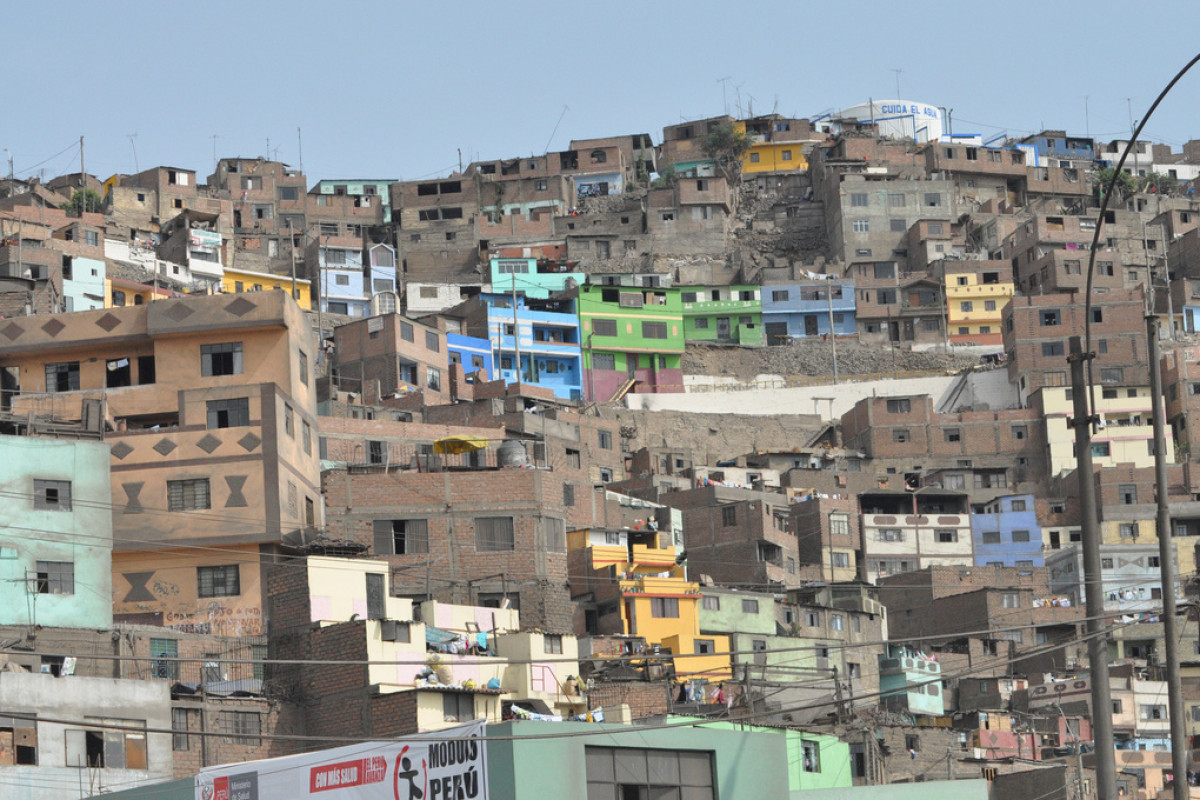





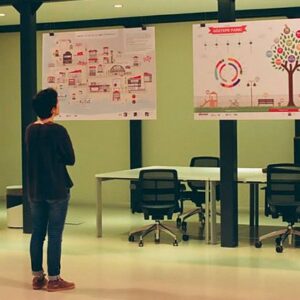
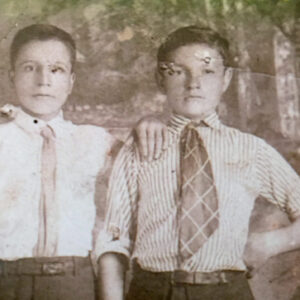

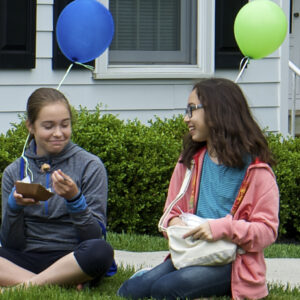


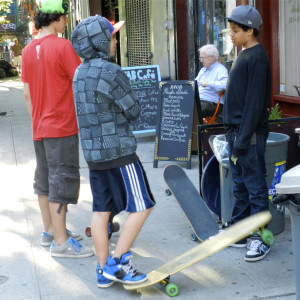
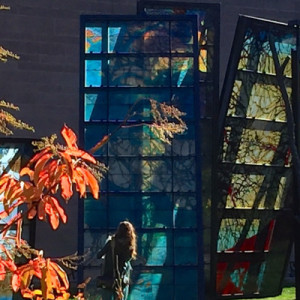
No Comments Yet!
You can be first to comment this post!